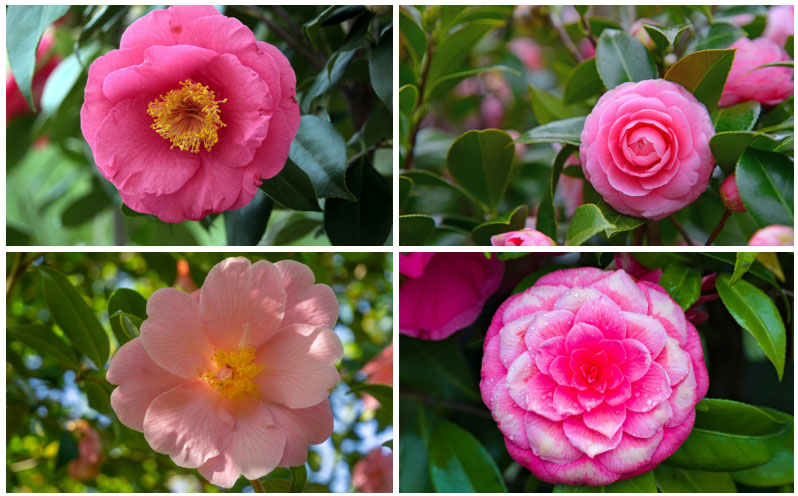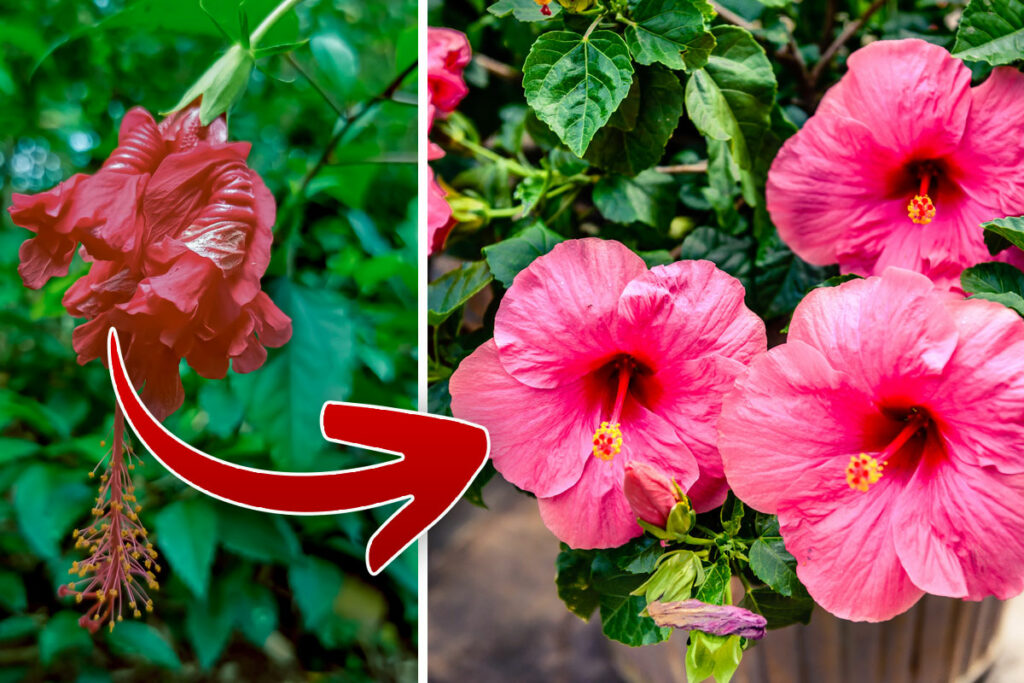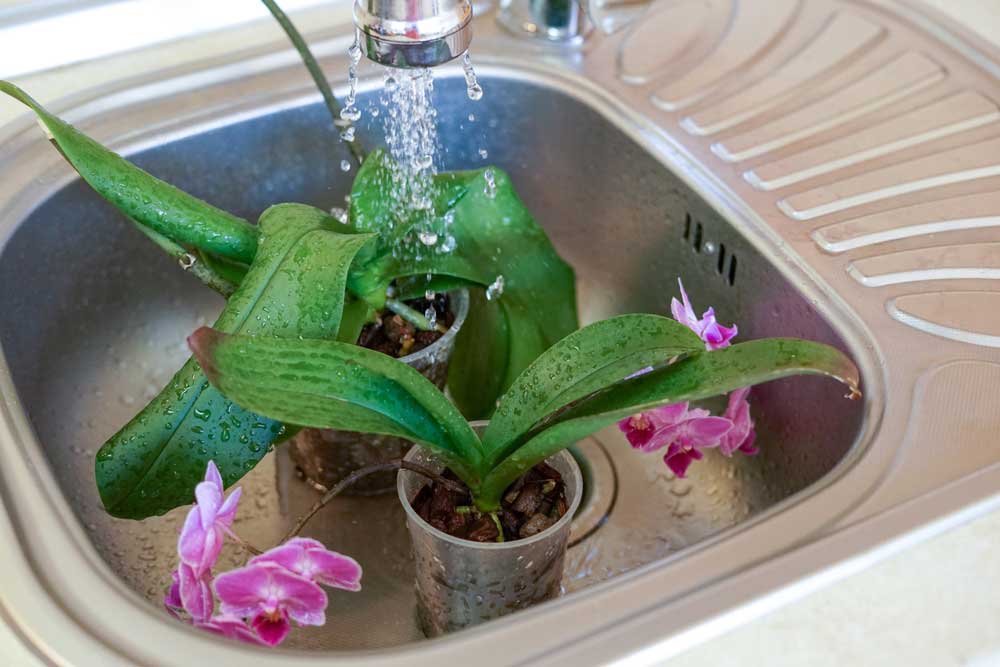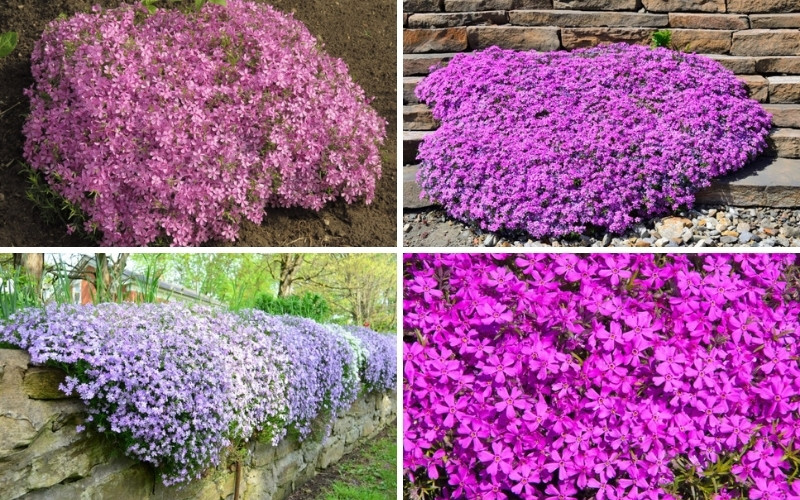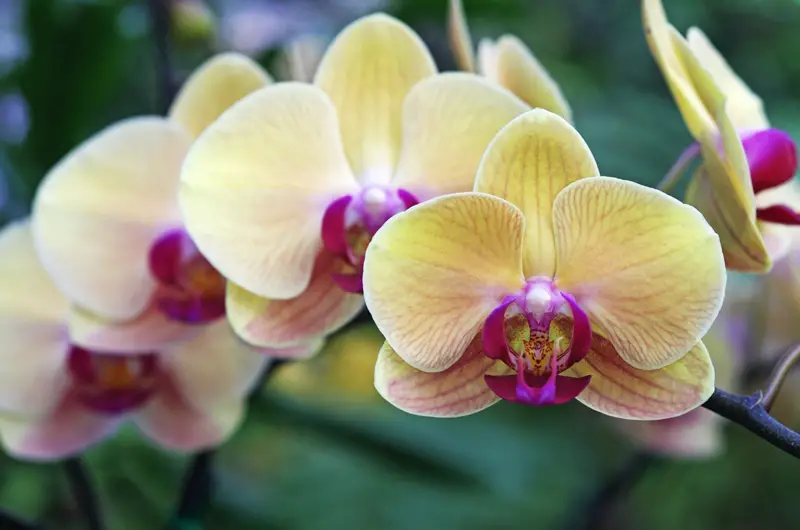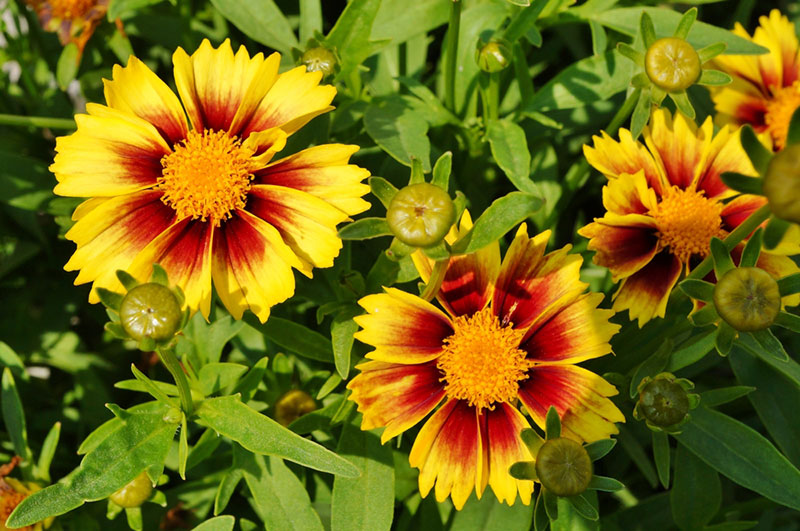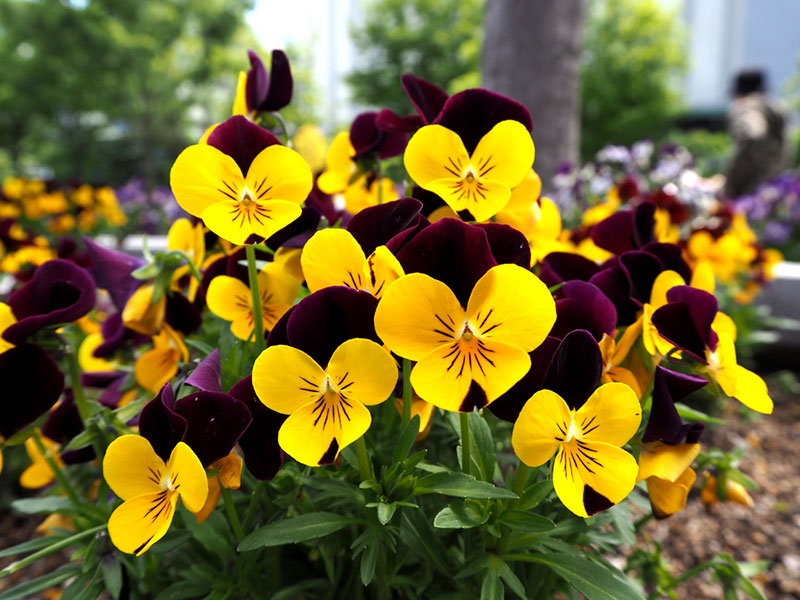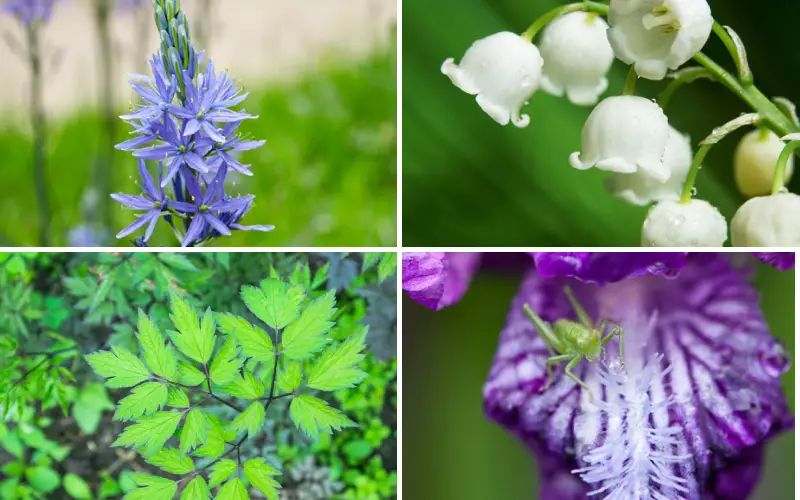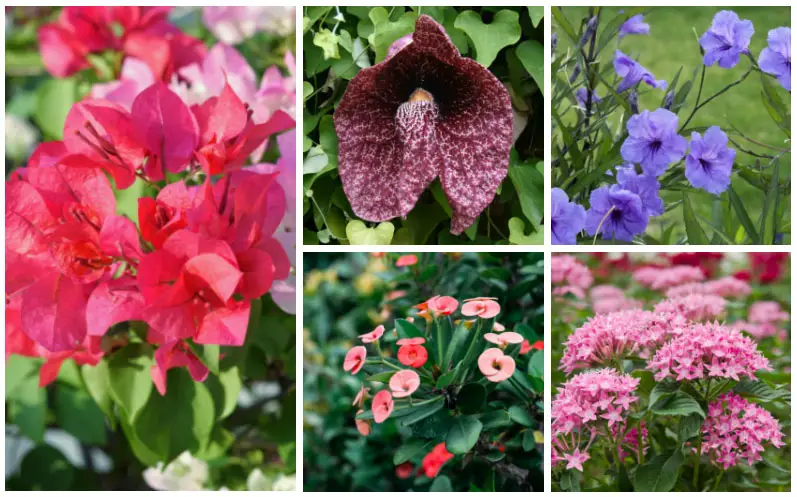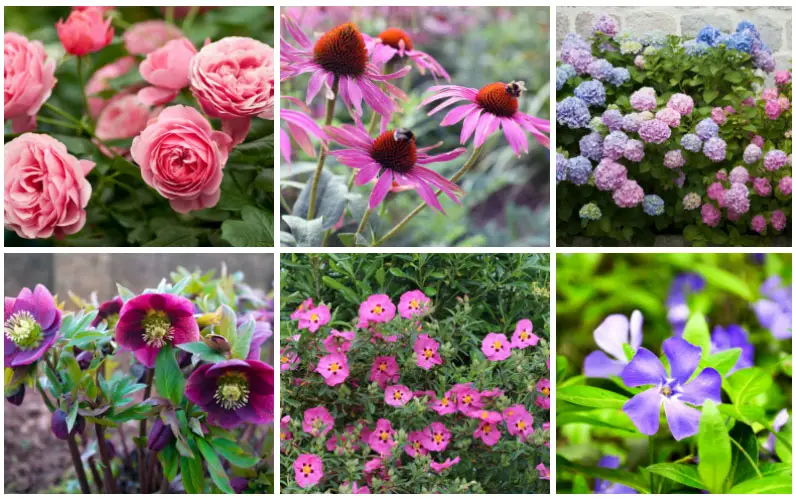
If your property has a steep slope, then landscaping becomes much harder. You need to consider soil erosion. The harder it is for roots to get deep into the ground, the more erosion occurs.
You also need to think about how much water will run across the area and where it might settle. There are several steps that you can take to grow a prettier garden on a steep slope.
You can build retaining walls and haul in dirt to build up the bottom of the hill. One of the most useful things you can do is plant flowers that grow well on steep slopes.
Coneflower
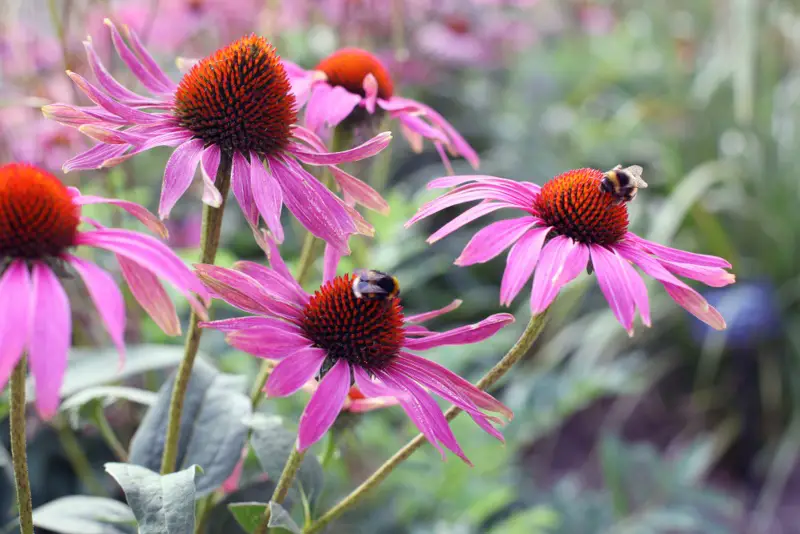
The coneflower can make a great choice if you live in zones 5 to 8. This summer bloomer puts on daisy-like flowers in a variety of colors, with purple being the most traditional. The rays surround a raised center button that is usually brown or deep red.
Daylilies
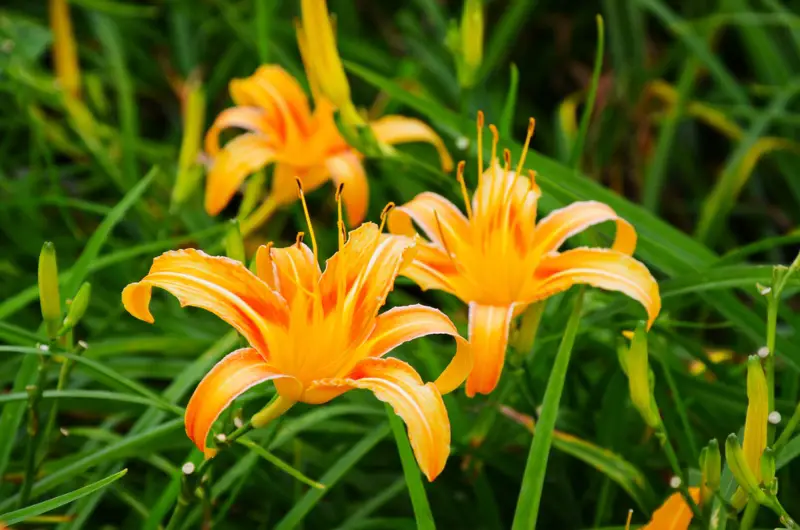
Standing erect on long stems, daylilies may be an outstanding choice for gardeners in zones 3 to 10. Most options bloom in late spring and will continue to bloom throughout the summer. Each bloom lasts about one day, but they continue to put on new blooms throughout the season. Flowers usually are single-colored and have a deep throat. While most will die back to the ground in the winter, you can find evergreen options.
Roses
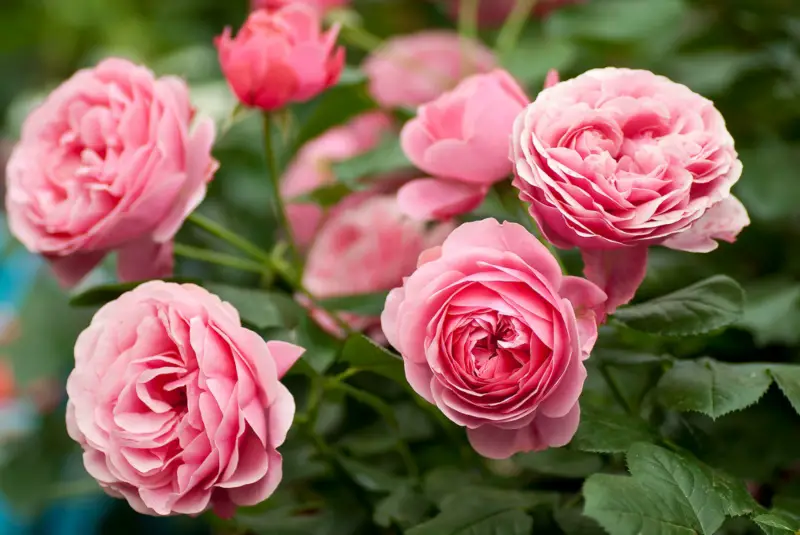
Ground-cover roses can be an excellent solution for steep hills. Different varieties are available, with most growing well in zones 5 to 11. Most will grow to be about 3-feet tall and require very little care. You can find sun-loving options and others that prefer the shade. A variety of colors are available on these roses that will bloom from mid-summer through the first hard freeze.
California Lilac
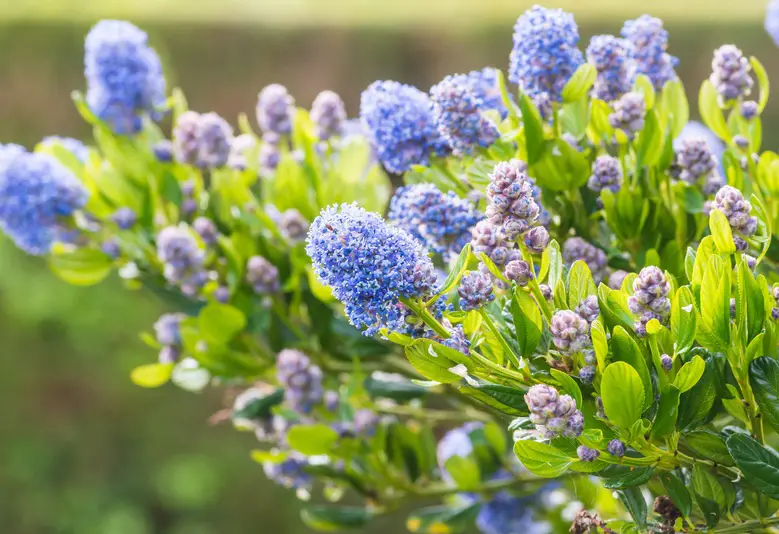
The California lilac can grow up to 8-feet tall. It will grow almost as wide as tall, so leave this one plenty of space to expand. Gardeners in zones 7 to 11 will want to consider this choice that puts on blue-to-deep-purple lilac-like blooms in June. This plant’s woody long roots help it cling to hillsides.
Creeping Juniper
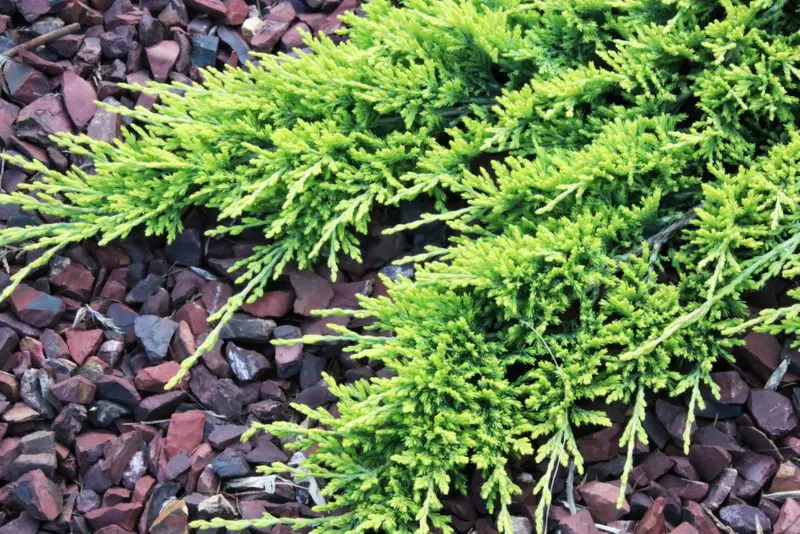
Creeping juniper is an evergreen shrub that grows in zones 3 to 9. This plant that does not bloom thrives in rocky soil. The scale-like foliage grows by sending out long trailing branches, making it an excellent choice for covering steep hillsides. In some circumstances, after the second year, this plant will put on berries that look like blueberries.
Dwarf Forsythia
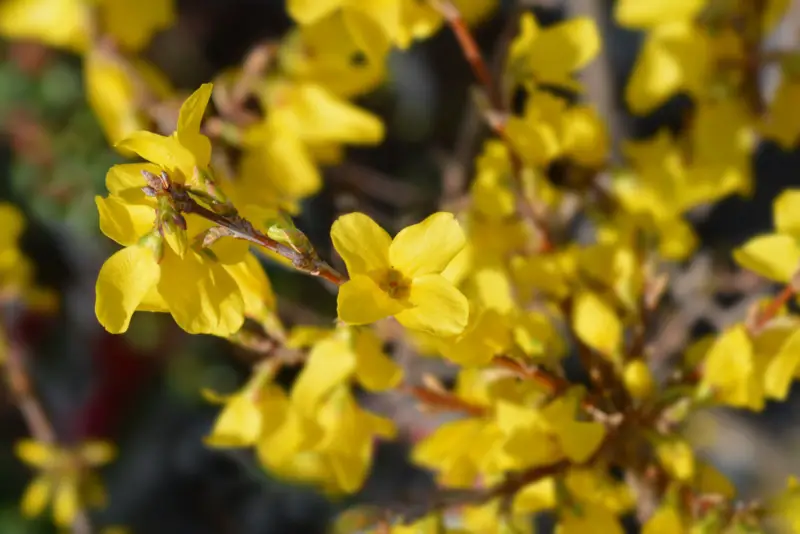
Dwarf forsythia grows in zones 5 to 8. it will put on early spring yellow blossoms, which can be a great way to welcome in spring. It is not unusual for this plant to bloom until after its fifth birthday. This plant that grows to be about 3-feet tall often spreads to be about 7-feet wide. One thing that you need to consider when planting this one on steep hillsides is that you need to deadhead the blooms as soon as they are spent, or the plant will not bloom again.
Japanese Yew
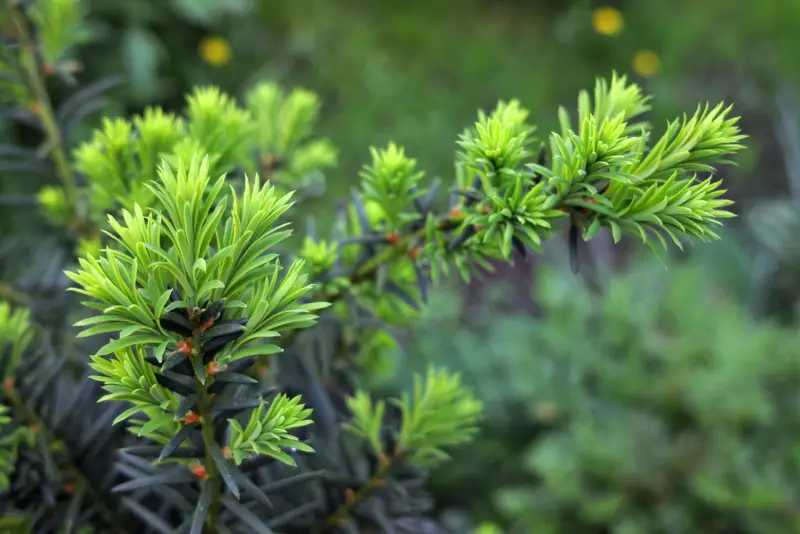
Japanese yew is a hedge that gardeners in zones 4 to 7 will want to think about planting. It grows to be about 2.5-feet tall and can spread up to 9-feet wide. This plant that does not bloom puts on 1-inch long spiny needles. These needles turn reddish-brown in the winter, which can be a welcome addition to your landscaping. Female plants will produce red berries.
English Ivy
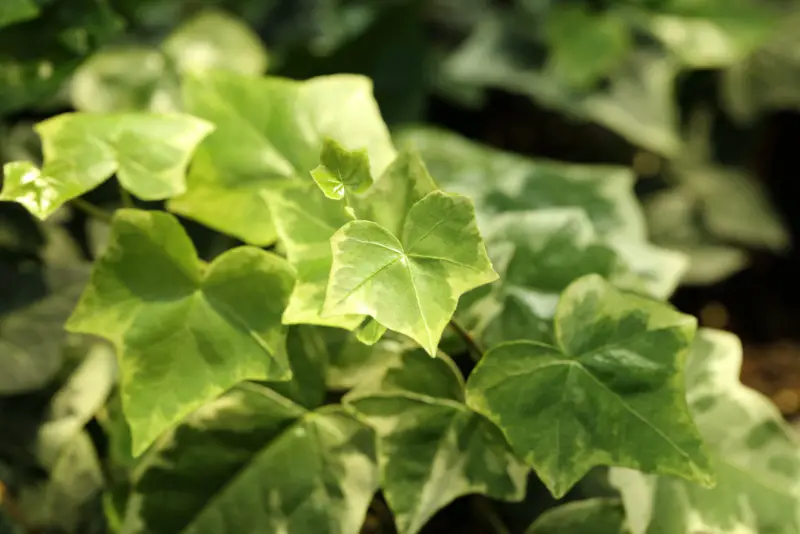
The English ivy is a shade-loving plant that does well in zones 4 to 9. Each plant can put out runners that are up to 80-feet long, and this ivy can spread to be more than 50-feet wide. When planted on steep hills as a ground cover, it usually grows to be about 9-inches tall. The dark-green, three-to-five lobe leaves are the reason many choose this option, but it does produce small greenish-white flowers in the fall.
Dwarf Coyote Bush
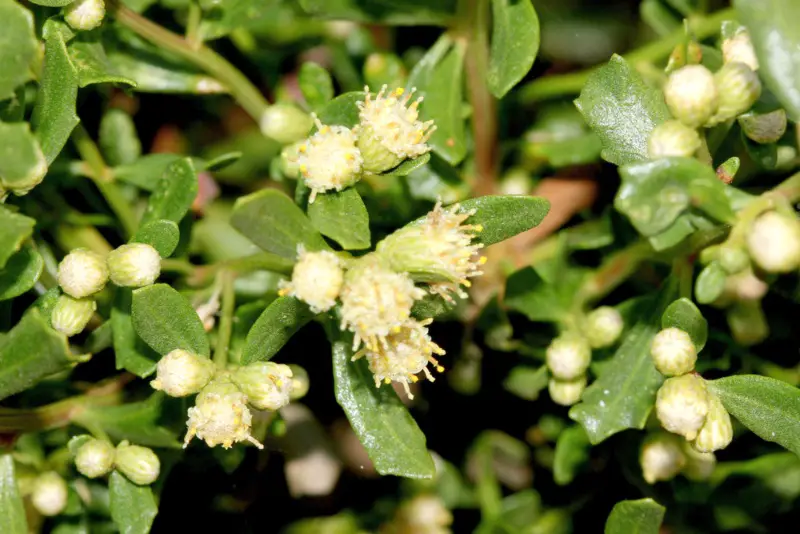
Another option that gardeners looking for a sun-loving plant that thrives in zones 8 to 10 will want to consider is the dwarf coyote bush. This Californian native does particularly well in sandy, slightly acidic soil. The male produces yellow flowers in the fall on this dioecious plant while the female produces white flowers that eventually turn into fruit.
Vinca
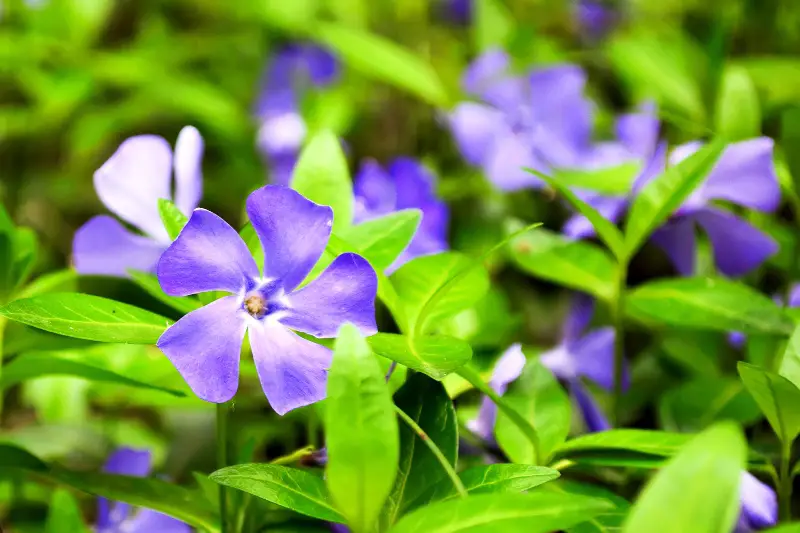
Often called periwinkle, vinca grows well in zones 4 to 8. It produces small lavender-blue, phlox-like blooms in late spring and will keep creating new blooms until fall. In addition to its flowers, it has bright green leaves that can be up to 1.5-inches in diameter. This plant that seldom grows to be over 6-inches tall loves the sun, but it will tolerate a little shade. This plant can spread aggressively, so be sure you are planting it in the right conditions.
Rockrose
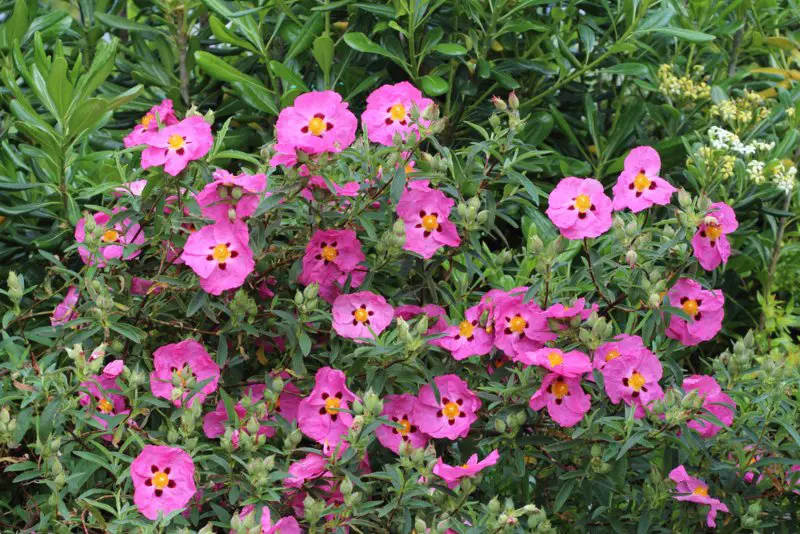
The rockrose grows in zones 4 to 9 and tolerates drought exceptionally well. This plant that loves the sun also does well in sandy and rocky soil. Flowers with five paper-thin petals appear in May. Each flower lasts one day, but it will keep producing new ones until mid-summer. It is an evergreen plant in the southern part of its growing zone.
Hellebore
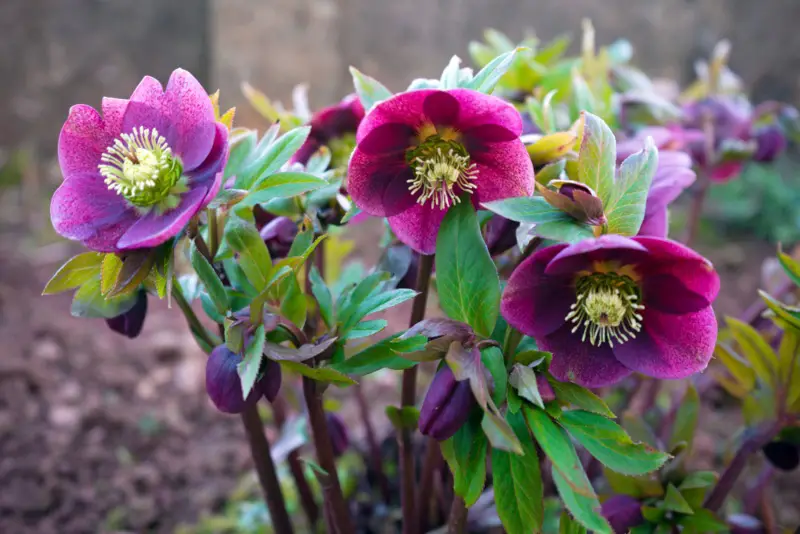
Several colors of hellebores available grow to be about 18-inches tall in zones 4 to 9. This plant prefers shade, and it will tolerate almost no direct sunlight. In the late spring, it puts on showy flowers with five petals that often overlap. The flowers stand in stark contrasts to the hellebore’s dark green leaves, which will last throughout the year.
Hydrangea
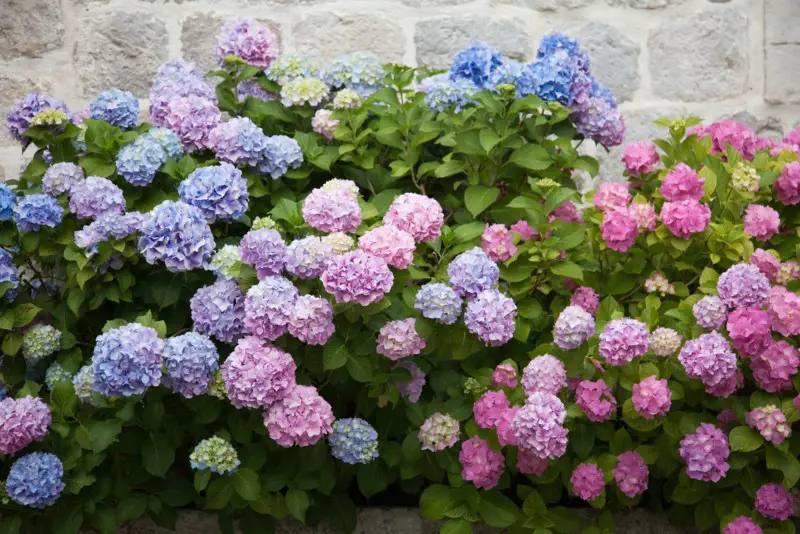
Hydrangea prefers fertile soil and lots of moisture. It grows best in zones 4 to 8. This plant sends out aerial rootlets over time, so mature plants often have vines that are up to 40-feet long. It is not unusual for this plant to form clumps that can be up to 4-feet tall. The dark-green leaves can be up to 4-inches long. This perennial produces flowers in clusters that can be up to 8-inches wide in the late spring and early summer.





